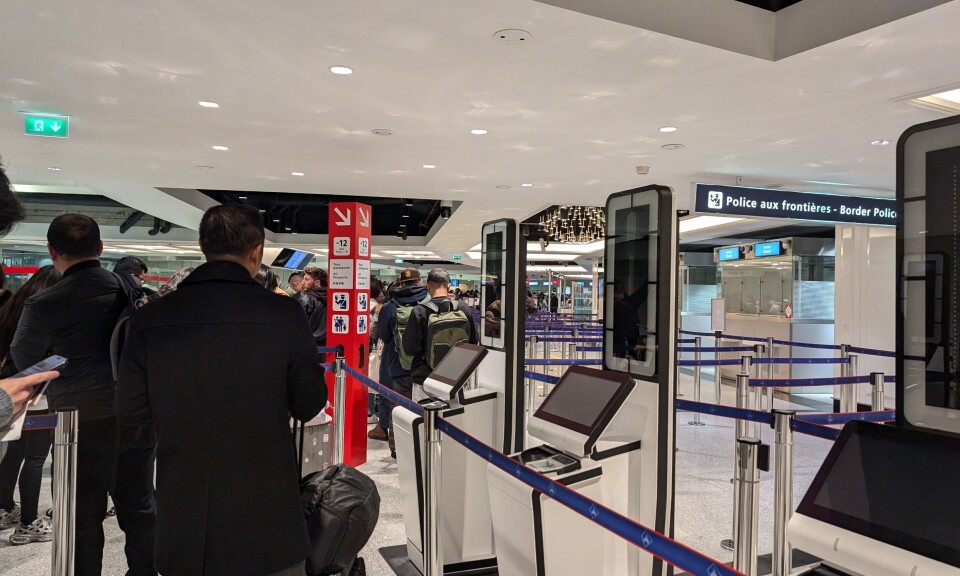-
Pension age reform in France: New poll shows support for a return to age 62
Employers' organisations and trade unions are currently meeting to discuss the subject on the orders of Prime Minister François Bayrou
-
Mystery of jewels found buried under communal wall in Dordogne
The gold rings, pearl brooches and diamond encrusted bracelets were discovered by a local association
-
Try a different way to cross UK-France the Channel - a sailing catamaran ferry
Passengers will be able to help sail the boat once out of the harbour
Amateur photographer’s shot of Dordogne skies sparks NASA interest
The remarkable image captures a rare phenomenon above a French countryside chateau

A photo of an ‘airglow’ in the skies of Dordogne, taken by a French 22-year-old amateur photographer, has gone viral worldwide and attracted the interest of Nasa.
‘Airglow’ is the term for a rare meteorological phenomenon that happens as a result of a chemical reaction between the Sun’s rays and the atmosphere.
Certain molecules are destroyed by the Sun’s ultraviolet rays in the high atmosphere (around 100-300km up) during the day. The airglow then appears at night.
Julien Looten, a 22-year-old architecture student and keen amateur meteorological photographer, originally from Arras (Hauts-de-France), took the photo on January 21, near the chateau de Losse, near Thonac, in Nouvelle-Aquitaine.
He told France Bleu: “It was like a sort of green veil on a green horizon, and then it was multicoloured, going from green to orange, and sometimes purple.
“It was doing sort of waves. To the eye, it looks a bit like a sort of whitish cloudy veil. At the start, I thought that the sky was drawing a veil over itself. And then looking on the camera, I said to myself, ‘Oh, it’s an intense airglow.”
Mr Looten took around 40 photos over the course of an hour, with a timing of at least a minute for each one, to enable him to put together the remarkable image. He then posted it on his Facebook account.
It was then shared worldwide, and even shared by the North American Space Agency, NASA, on its social media accounts.
Mr Looten said: “In Dordogne, there are lots of iconic sites, whether castles or cliffs. It’s pretty good for these types of photos. The skies are very beautiful here. There isn’t a lot of light pollution and the few villages there are, tend to turn their lights off at night.”
He continued: “It was the first time that I’ve ever seen an airglow of such intensity. It was quite rare. I’ve had several replies from specialists from across the world.”
The phenomenon has been more common in recent years. Scientific website Futura said that this is probably due to increased activity of the Sun. More people have been able to take photos of it, too, as our cameras have become more sensitive.
The colours seen in the airglow phenomenon depend on the altitude at which the molecules emit their light.
Related articles
Photographer captures rare ‘floating’ Moon in south-east France
How to be a space tourist...on terra firma
'Going to the moon in space is far from the final frontier'
























